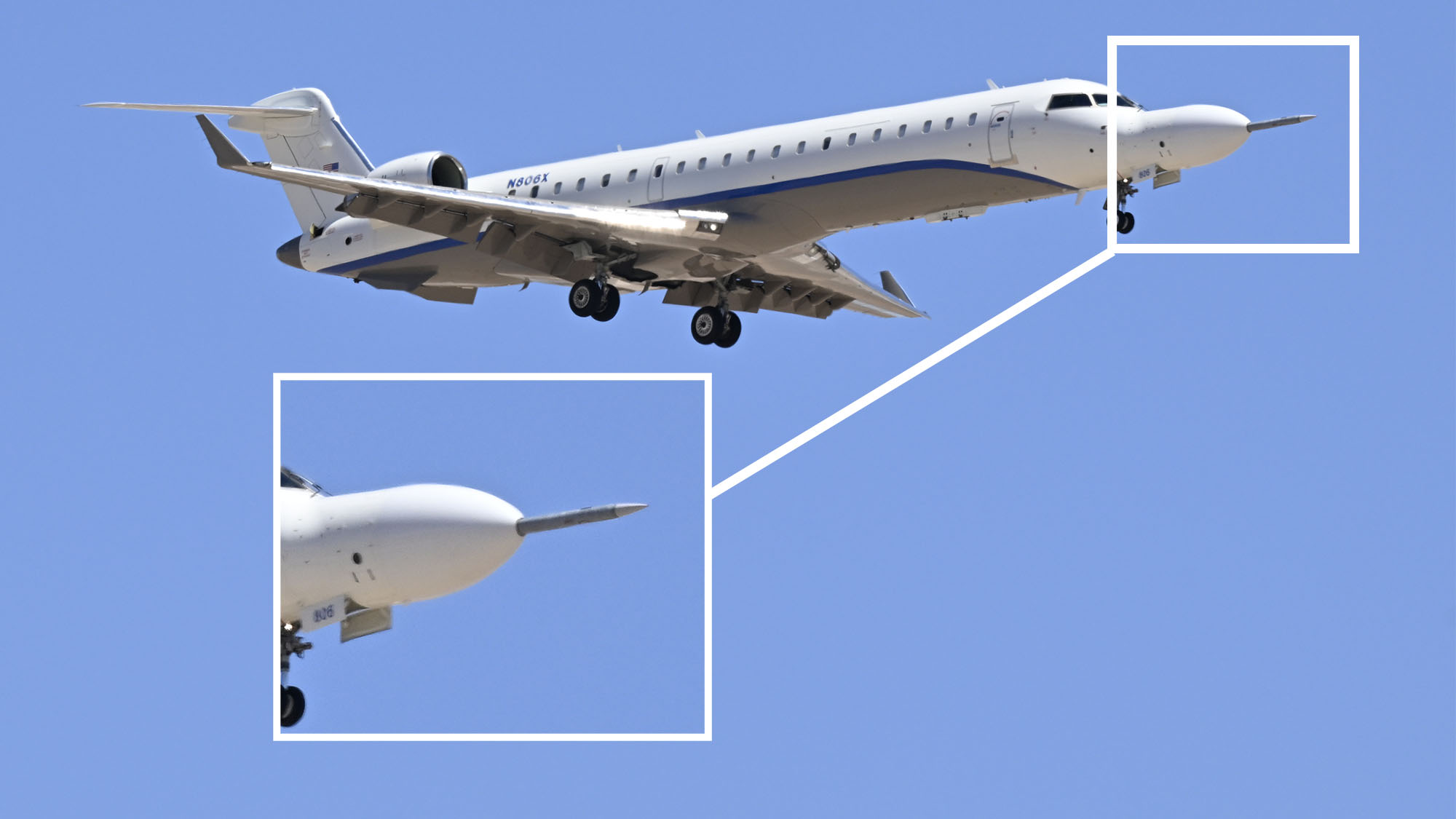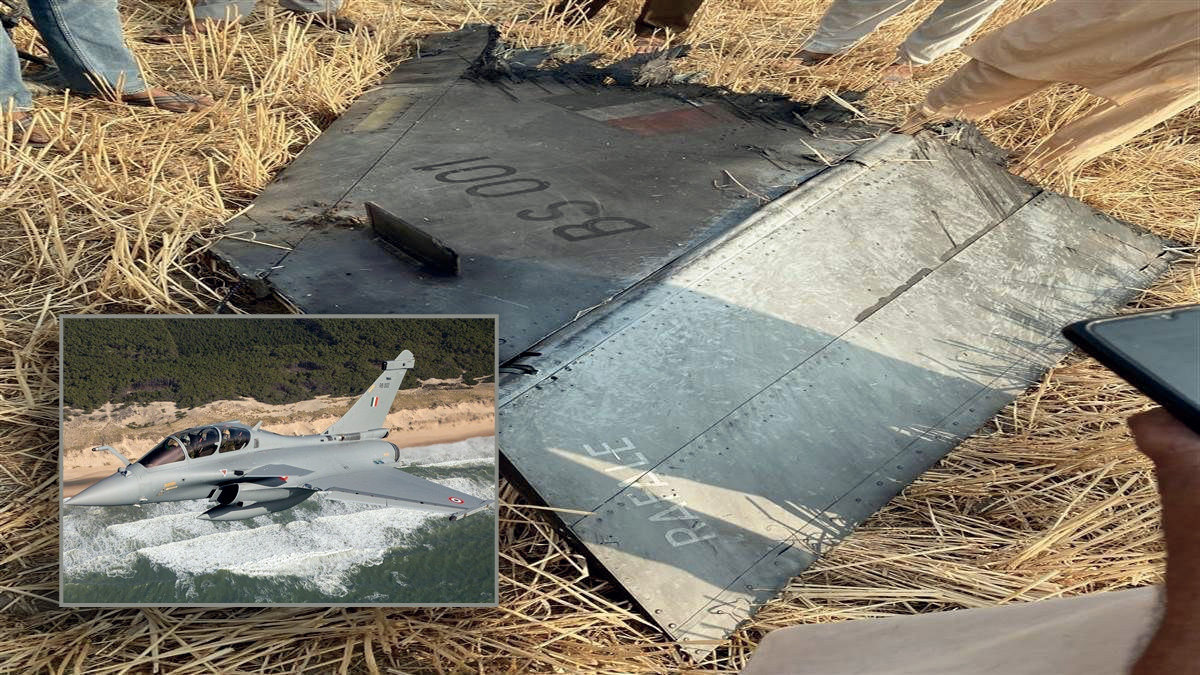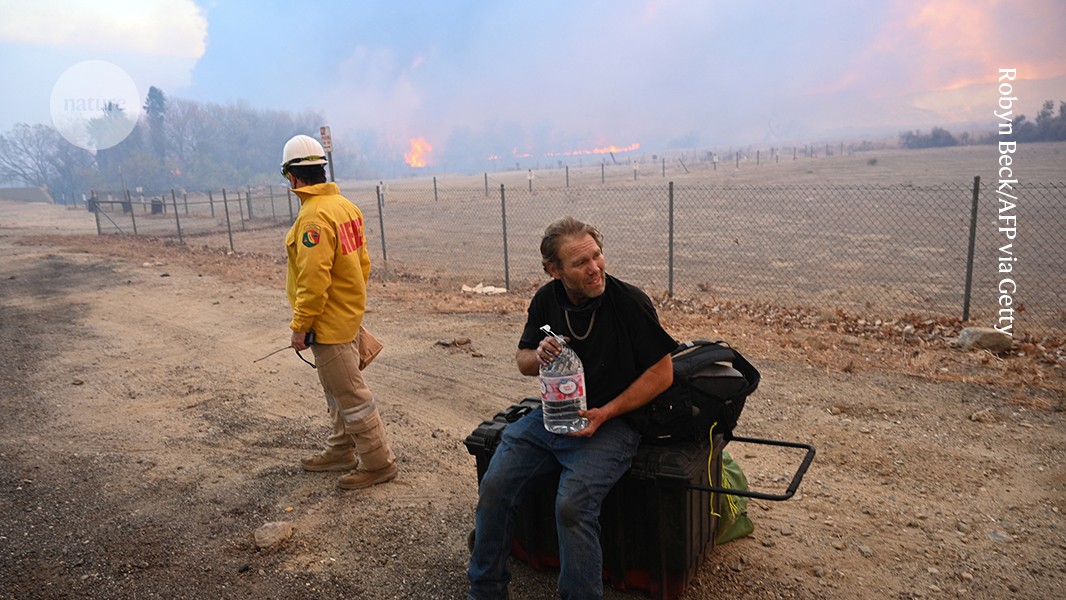What a Level 1 Inspection Looks Like (And How to Pass)
With CVSA’s International Roadcheck around the corner, thousands of inspectors will be out in force, and if you’re not ready, your truck could be the one parked roadside with an out-of-service sticker. This guide breaks down what a Level 1 inspection really involves. The post What a Level 1 Inspection Looks Like (And How to Pass) appeared first on FreightWaves.

Sometimes it’s easier to avoid a roadside inspection than to survive one. And I don’t mean ducking scales or pulling illegal U-turns, I mean giving inspectors no reason to stop you in the first place. A clean truck, proper paperwork and professional presence go further than most realize when it comes to passing, or avoiding, enforcement during CVSA blitzes.
Next week, from May 14-16, the annual CVSA International Roadcheck begins. Thousands of inspectors across the U.S., Canada and Mexico will pull trucks for full Level 1 inspections. If you’re behind the wheel or managing a first truck under your authority, this is one of those moments when preparation meets pressure. So here’s what a Level 1 inspection looks like, and how to come out clean.
What is a Level 1 Inspection?
The Level 1 inspection is the gold standard — and the most thorough. It’s a 37-step process where the driver and the vehicle are scrutinized from top to bottom. Inspectors are looking for violations that can get you parked, fined or even placed out of service on the spot. Think of it like a DOT exam for your truck and logbook, only with more paperwork, less sympathy and higher stakes.
A Level 1 inspection includes checks on the following:
- Driver credentials: CDL, medical card, hours-of-service logs, record-of-duty status (RODS) (if applicable) and proof of insurance.
- Vehicle condition: brakes, steering, suspension, tires, lights, fuel system, exhaust, windshield wipers, emergency equipment, securement, and just about anything and everything in between.
- Hazmat (if applicable): paperwork, placards and proper containment.
It’s not a “pop the hood and peek around” type of exam. They’re crawling under the truck, checking brake adjustment, looking at air lines, and checking for leaks, loose fittings and anything that could compromise road safety. If you think you’ll slide through on charm and a smile, you won’t.
How to Actually Pass
Start with the obvious. A clean, well-kept truck tells inspectors you take pride in your equipment. Dirty windshields, missing mudflaps and trash on the dashboard are visual red flags. They’ll assume you don’t maintain systems if you can’t maintain appearances. While a clean truck that appears well maintained isn’t guaranteed to keep you sheltered from a roadside inspection, it won’t draw unnecessary attention to yourself that says, “Pull me over.”
Pre-trips matter. The No. 1 way to avoid violations is through solid, consistent pre- and post-trip inspections. If you have electronic driver vehicle inspection reports (DVIRs), use them. Systems like Motive, Fleetio and others can help you track defects, fix them fast and prove they’ve been addressed.
Logbooks don’t lie, but they better be legal. The number of HOS and RODS violations that happen during Roadcheck is staggering. Make sure your ELD is synced and accurate and that exemptions are documented if you’re operating under short-haul or ag rules. If you operate under an exemption, make sure you can articulate how you operate and why you don’t have an ELD. Keep in mind: Hours-of-service violations are double-weighted.
Check the brakes and tires. Many out-of-service orders come from worn brake components and bad rubber. Make sure your tire tread is above 4/32 on the steer and 2/32 on the drives. Listen for air leaks, check slack adjusters, and don’t assume your shop or your technicians “got to it.” As a driver, you are responsible for inspecting the vehicle and deciding whether the vehicle gets put on the highway.
Carry your paperwork like a pro. Keep your CDL, med card, registration, cab card, insurance, bill-of-lading and hazmat credentials organized, accessible and ready to present. You might turn a quick inspection into a deep dive if you stumble, fumble or argue.
Act like a professional. Be polite, transparent and cooperative. Arguing about the rules won’t get you anywhere. Inspectors are more likely to escalate than empathize when you push back or get combative. You might not like the process, but how you show up for it can make or break the outcome.
What Happens if You Fail?
If your truck is placed out of service, that’s a load not delivered, money not made and a stain on your Compliance, Safety and Accountability profile. Fail enough inspections, and your Inspection Selection System score climbs, making you more likely to get stopped repeatedly. Insurers watch these scores. So do brokers. So does FMCSA.
Next week CVSA’s Roadcheck kicks off, and there’s never been a better time to prepare for a possible roadside inspection. Passing an inspection is about preparation. In this industry, preparation is how you protect your revenue, reputation and fleet.
The post What a Level 1 Inspection Looks Like (And How to Pass) appeared first on FreightWaves.




















































































































































